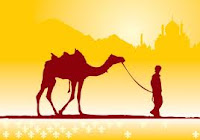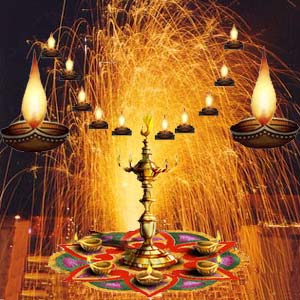 |
| Courtesy:crazykfarm.com |
Earlier this month, I had written this blog on Halloween and the black cat's plight. I received a rather thought provoking comment from Inder on that blog. He brought attention to the condition of donkeys and dogs, how they are subjected to ridicule especially in Asian countries in spite of being of such great service to mankind.
That is indeed so true.When we talk about donkeys and dogs, we get contrasting images for each of them. Let's see that in both the Indian and global context.
Dogs
On one hand, we visualize dogs as cute puppies, faithful, loyal and obedient pets, man's best friend and other such flattering stuff.
On the other hand, in the Indian parlance (and even other countries' for that matter), the most insulting and rudest abuses are associated with the word 'dog', 'kutta'('dog' in Hindi) or 'bitch' (female dog)
Donkeys
Donkeys carry heavy burden on their backs for long distances and make faithful pets to their owners. To a poor man, he's not only a pet, but also like a partner in earning a livelihood as it helps in carrying and transporting goods.
The word 'donkey' on the other hand is also used for rudely addressing somebody be it in English or Hindi(gadha). It's equivalent to calling somebody an idiot, useless, foolish, etc.
Why such contrasts? It's not as if the words 'donkey' and 'dog' are homonyms. Then, why are these creatures targetted in a way, so starkly opposite to their real natures?
I may not have answers to these, but it makes me ponder about something else. Dogs and donkeys are definitely some of the most ill-treated animals, especially the stray ones. They are hit with stones and sticks for no fault of theirs, burning crackers are often attached to their tails just for fun, etc. Do the rude references using donkey-dog words, play a role in shaping mentalities and attitudes towards these poor creatures? Do those abusive words meant to be amusing, unconsciously make people look down upon dogs and donkeys, who then are ill-treated by those people? Or is it just a co-incidence?I wonder..











 squidoo.com
squidoo.com


